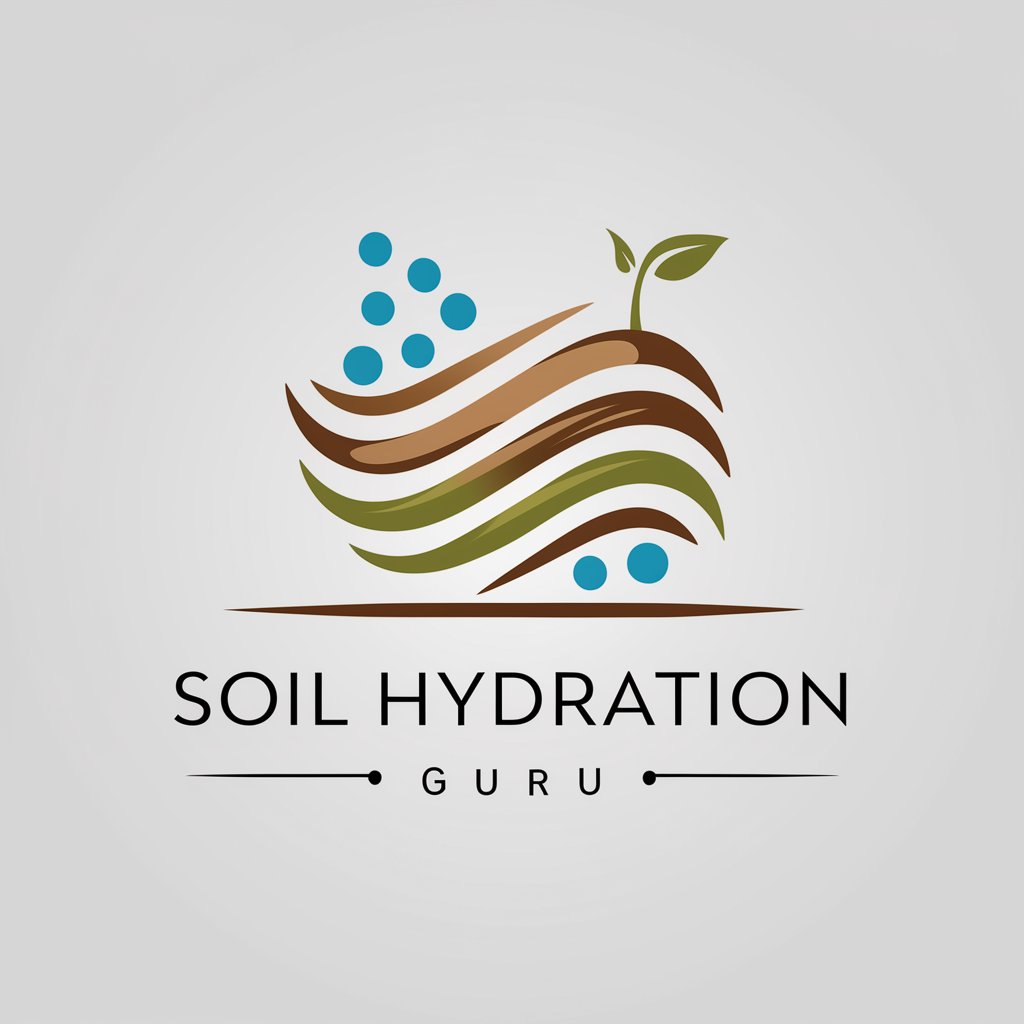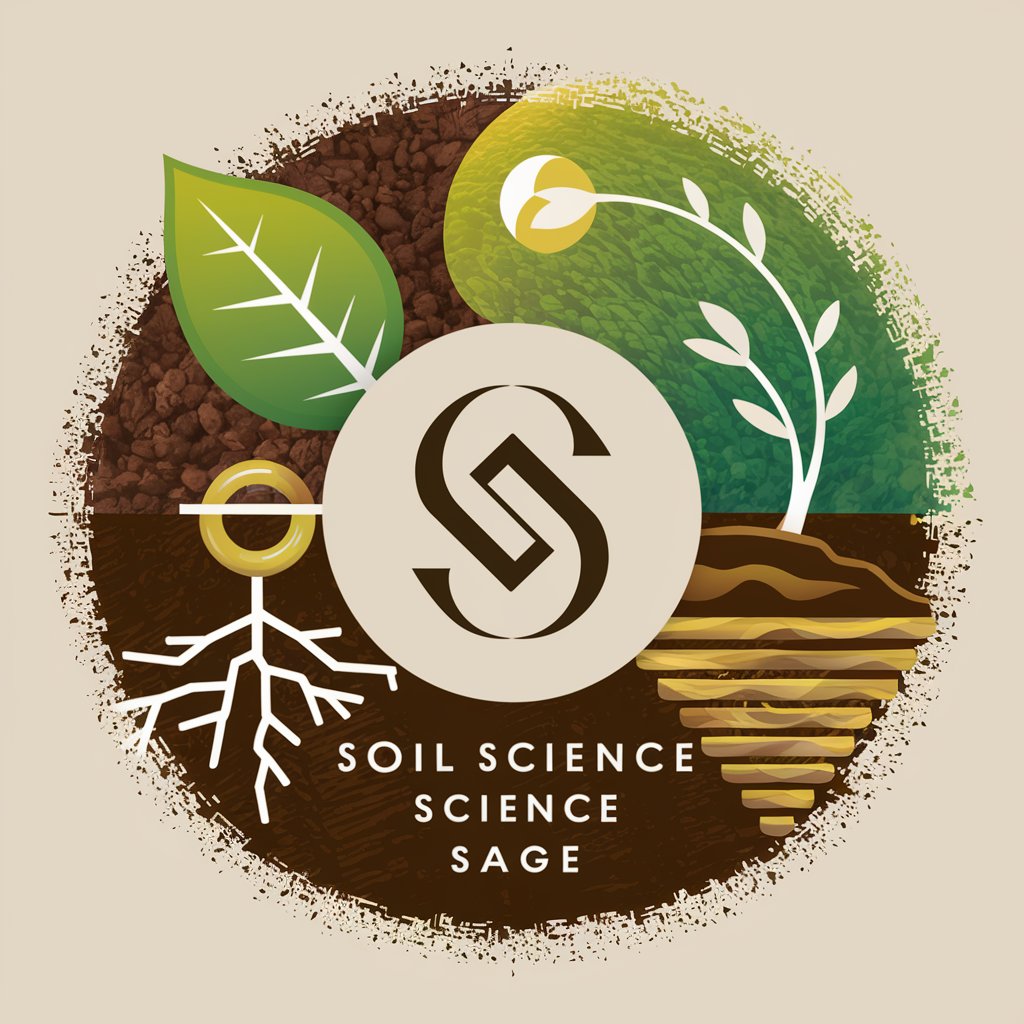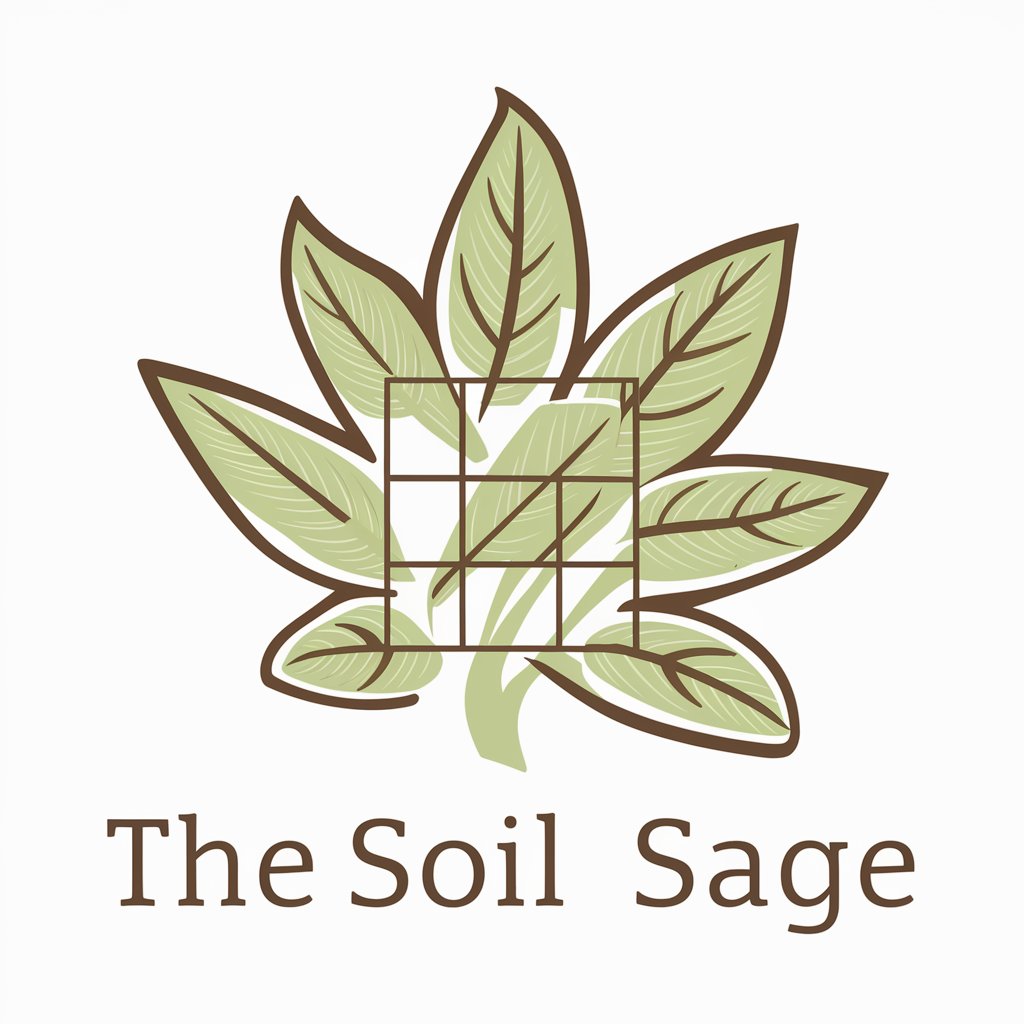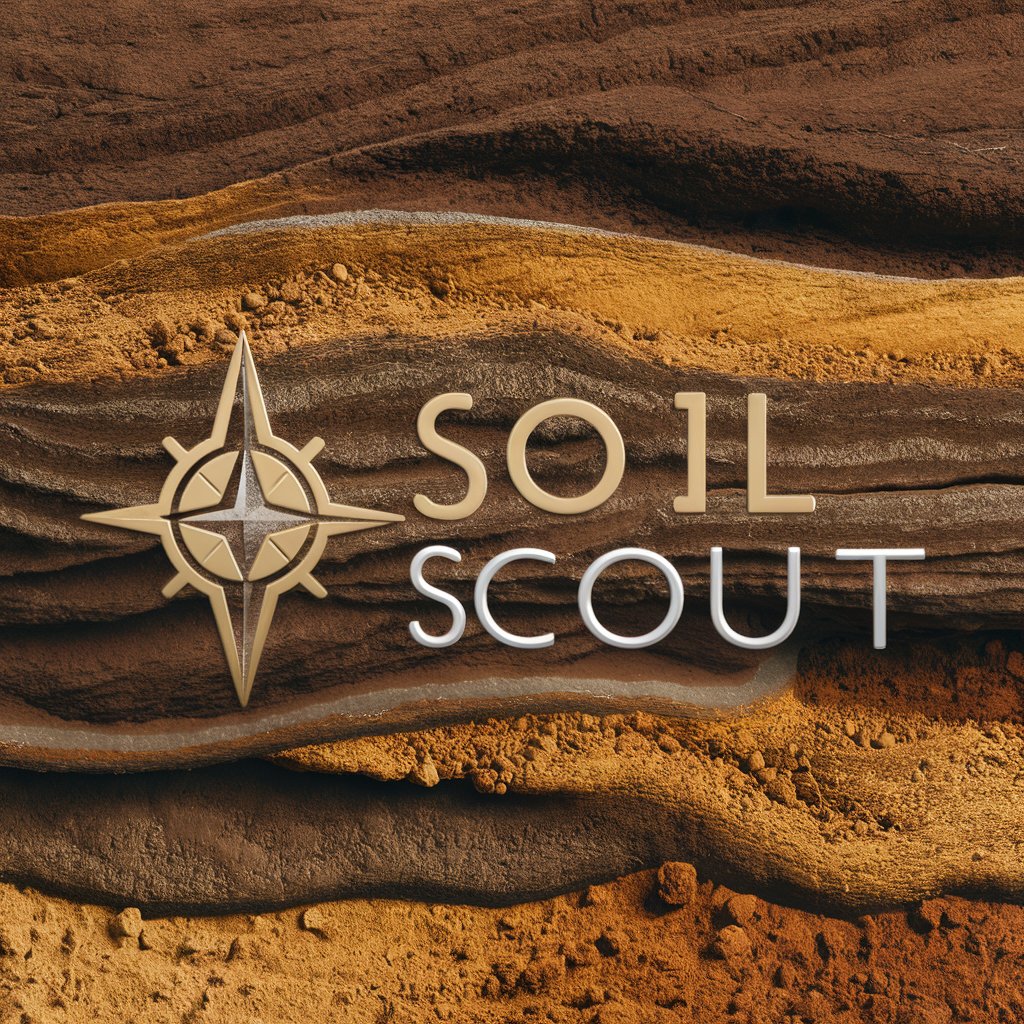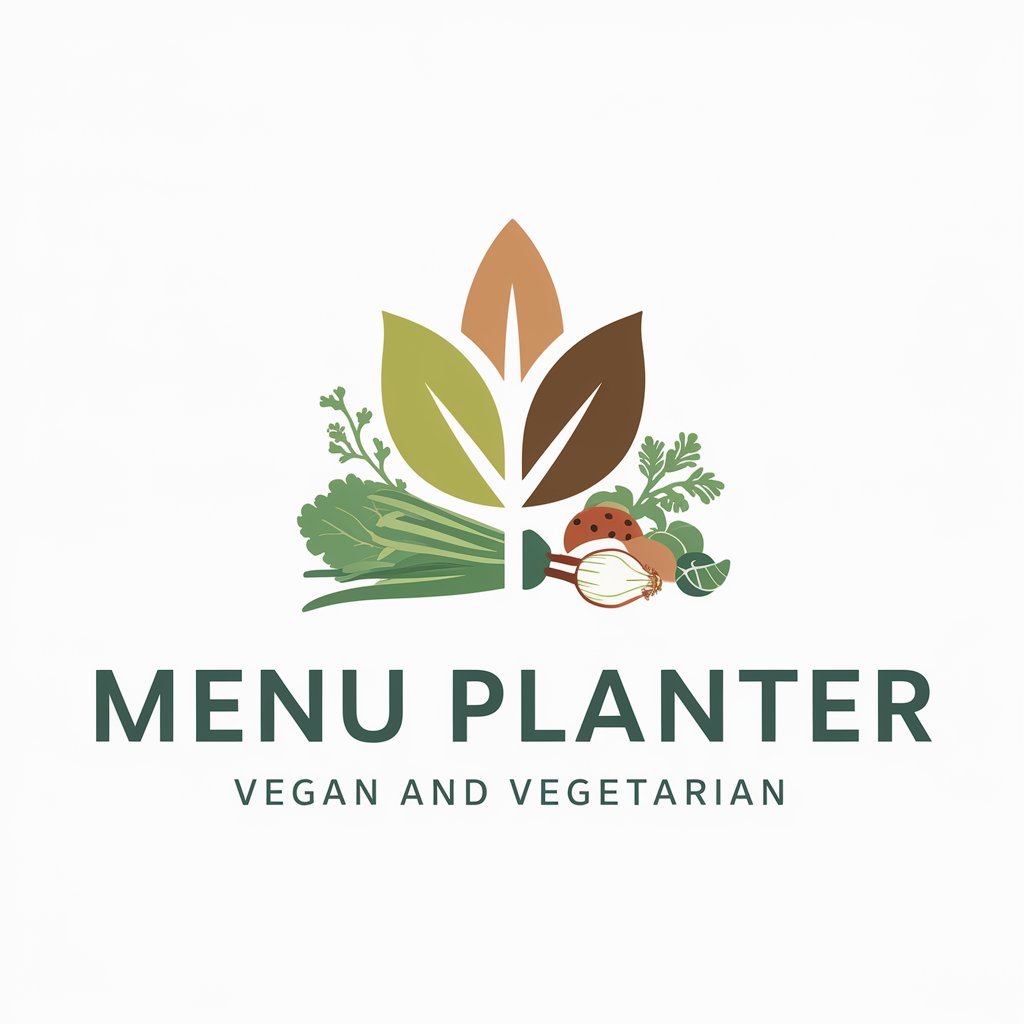
Planting Soil - Planting Soil Guide
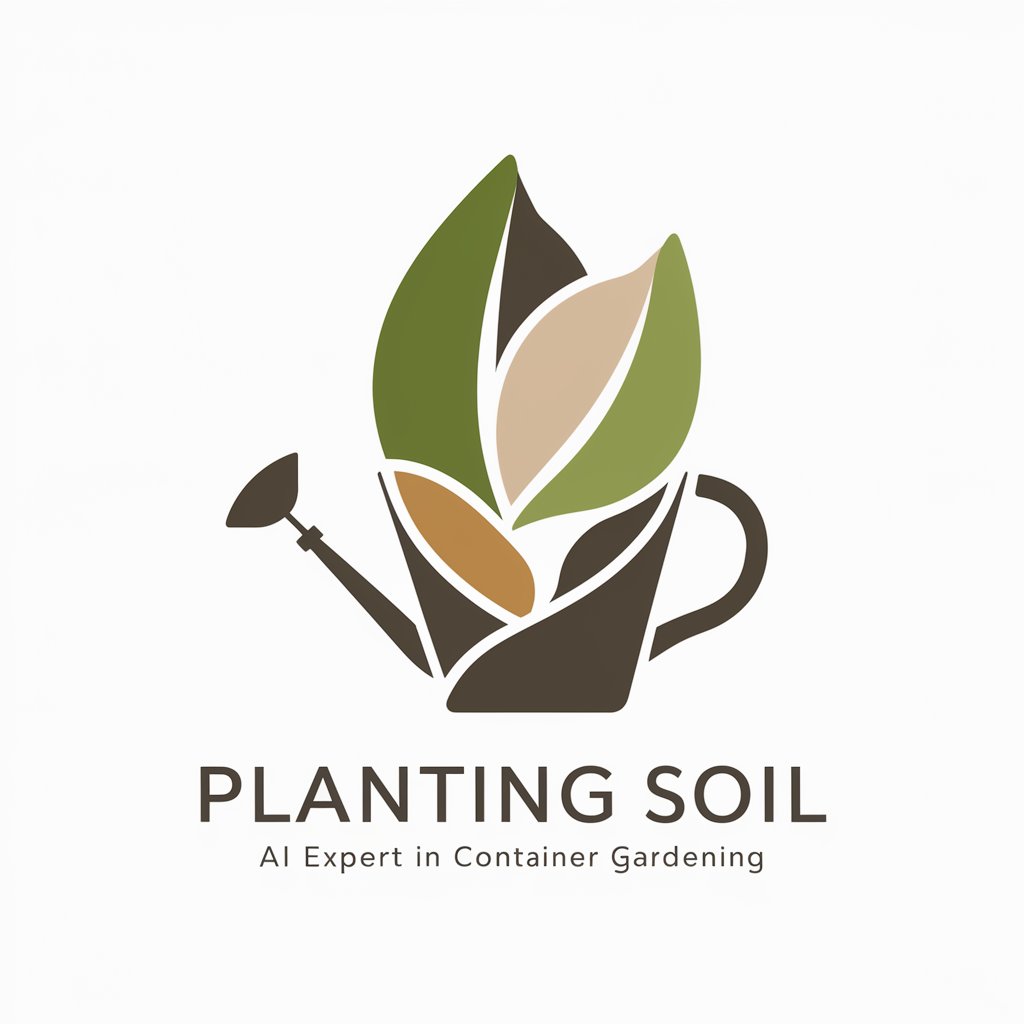
Welcome! Ready to dig into some gardening wisdom?
Cultivate Growth with AI-Powered Gardening Insights
What type of soil is best for growing herbs in containers?
Can you explain the benefits of using organic soil for container gardening?
How do I improve drainage in my container garden?
What are the key differences between potting soil and garden soil?
Get Embed Code
Introduction to Planting Soil GPT
Planting Soil GPT is designed as a comprehensive knowledge resource tailored specifically to the needs of gardeners, with a particular focus on container gardening. Embedded with extensive information about various types of planting soils, their properties, and how they can be optimized for different plants, this GPT aims to guide users through the nuances of selecting and maintaining the perfect soil environment for their gardens. From discussing the physical structure and nutritional content of different soils to offering advice on soil amendments and moisture management, Planting Soil GPT serves as an expert companion for gardening enthusiasts. Examples of its utility include advising on the best soil mix for succulents in arid climates, explaining how to enrich soil for nutrient-hungry vegetables, and guiding the creation of a moisture-retentive yet well-draining potting mix for tropical plants. Powered by ChatGPT-4o。

Main Functions of Planting Soil GPT
Soil Selection Advice
Example
Recommending a soil mix high in perlite and peat moss for succulents to ensure proper drainage and prevent root rot.
Scenario
A user planning to set up a succulent garden in containers seeks advice on an appropriate soil mix that will support healthy growth without waterlogging the roots.
Soil Amendment Guidance
Example
Guiding a user to improve their garden soil by incorporating compost and bone meal to enhance fertility and structure for growing tomatoes.
Scenario
A gardener struggling with poor yields from their vegetable garden is advised on how to enrich their soil with organic matter and nutrients to boost plant health and productivity.
Moisture Management Strategies
Example
Advising on the use of coco coir in potting mixes to increase water retention for plants that require consistent moisture, like ferns.
Scenario
An enthusiast looking to cultivate moisture-loving plants indoors receives recommendations on modifying their potting mix to maintain the ideal moisture level.
pH Adjustment Techniques
Example
Explaining how to use sulfur or lime to adjust the pH of the soil for acid-loving plants like blueberries or for alkaline-prefering plants like lavender.
Scenario
A homeowner wishes to create a specialized garden bed for blueberries and needs to lower the soil pH to suit these acid-loving plants.
Ideal Users of Planting Soil GPT
Home Gardeners
Individuals passionate about cultivating their own plants, whether for aesthetic, culinary, or hobbyist purposes, will find Planting Soil GPT invaluable for selecting the right soil, understanding plant-specific soil requirements, and troubleshooting common soil-related issues.
Urban and Container Gardeners
Those with limited outdoor space who rely on containers for their gardening endeavors. Planting Soil GPT offers specialized knowledge on potting mixes and container gardening strategies to maximize the health and productivity of their plants in confined spaces.
Educational Institutions and Students
Teachers and students in horticultural programs or courses can leverage Planting Soil GPT as an educational tool to understand soil science principles, study the interaction between soil and plant health, and apply this knowledge in practical gardening projects.
Professional Landscapers and Garden Designers
Professionals in landscaping and garden design can utilize Planting Soil GPT to refine their soil preparation and maintenance strategies, ensuring that their projects not only achieve aesthetic goals but are also sustainable and supportive of plant health.

Using Planting Soil: A Step-by-Step Guide
Start Your Gardening Journey
Initiate your planting project by visiting yeschat.ai for a hassle-free trial, accessible without login or a ChatGPT Plus subscription.
Select the Right Soil Type
Choose a soil mix suited for your plant's needs—whether it's a moisture-retentive mix for water-loving plants or a well-draining one for succulents.
Prepare Your Containers
Ensure containers have adequate drainage holes to prevent waterlogging. Consider lining the bottom with rocks or gravel before adding soil.
Plant Your Seeds or Seedlings
Carefully plant your seeds or transplant seedlings into the soil, following specific depth and spacing recommendations.
Maintain Optimal Soil Conditions
Water regularly, adjust light exposure, and fertilize as needed to maintain nutrient-rich soil that supports plant growth.
Try other advanced and practical GPTs
Elijah Fox
Embrace Appalachian wisdom with AI

Vodka
Discover the World of Vodka, Powered by AI

Victoria
Empowering Your Social Media Journey with AI

From Passion to Profit
Transforming passions into profits with AI

Bass
Empowering Bass Mastery with AI

Analyse documents
AI-powered, in-depth document analysis

Foundation
AI-Powered Personalized Beauty Companion

Video StoryBoard Yoda
Bringing Stories to Life with AI

Web Dev Scholar
Empowering Development with AI

Rocks
Empowering geology exploration with AI

Leonardo Helper
AI-powered creativity at your fingertips.

CI NV 1
Empowering Your SEO Journey with AI

Frequently Asked Questions About Planting Soil
What makes container gardening soil different?
Container gardening soil is designed to be well-draining yet retain enough moisture to support plants in limited soil volumes. It often includes a mix of peat, pine bark, and vermiculite or perlite.
How often should I replace the soil in my containers?
It's advisable to replace the soil annually to prevent disease buildup and to replenish nutrients, ensuring your plants have a fresh, vibrant environment to thrive in.
Can I make my own planting soil mix?
Absolutely! A common DIY mix includes one part peat moss or coconut coir for moisture retention, one part perlite or vermiculite for aeration, and one part compost for nutrients.
Why is drainage important in planting soil?
Adequate drainage prevents water from pooling at the roots, which can cause root rot and fungal diseases. It ensures the soil stays aerated and healthy.
How do I know if my soil is nutrient-rich?
A nutrient-rich soil will have a dark color and a crumbly texture. You can also use a soil test kit to measure nutrient levels and pH, adjusting as necessary with fertilizers or amendments.

